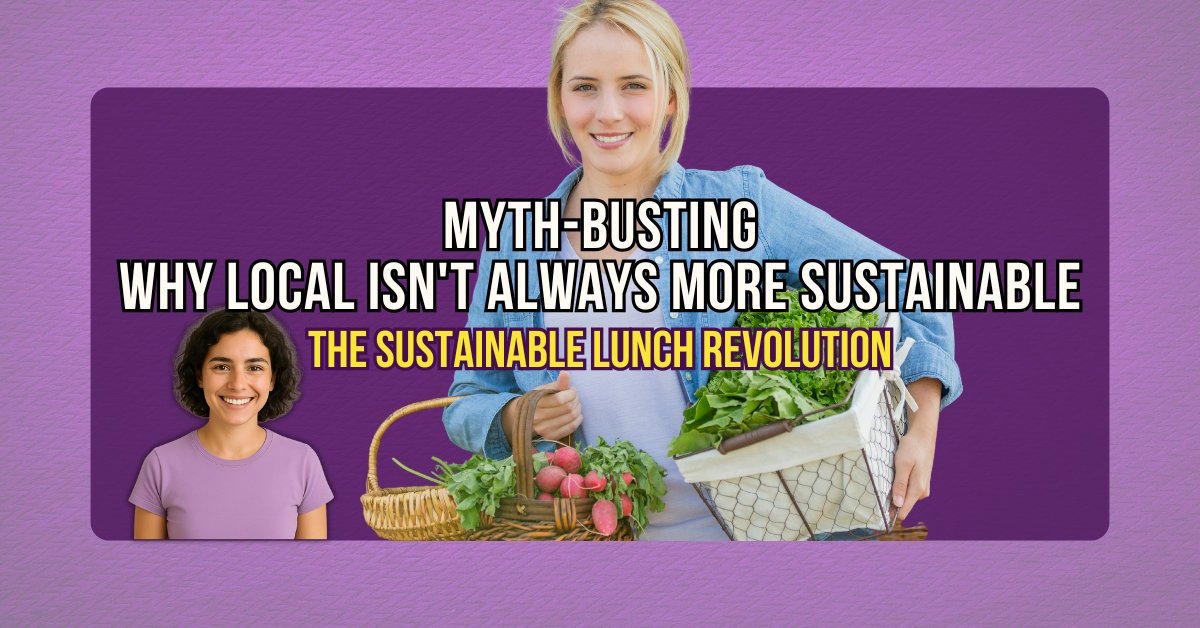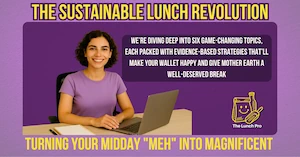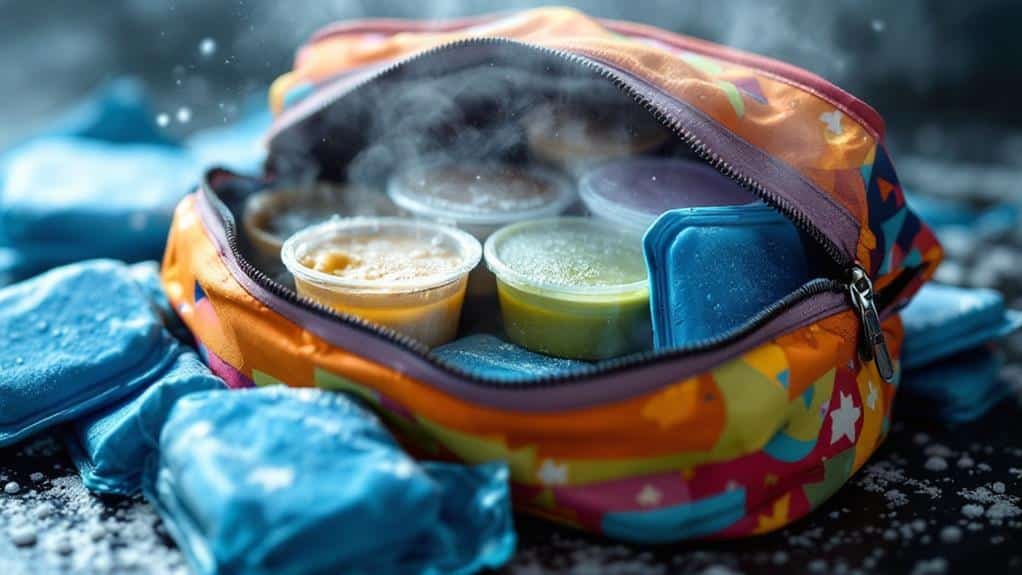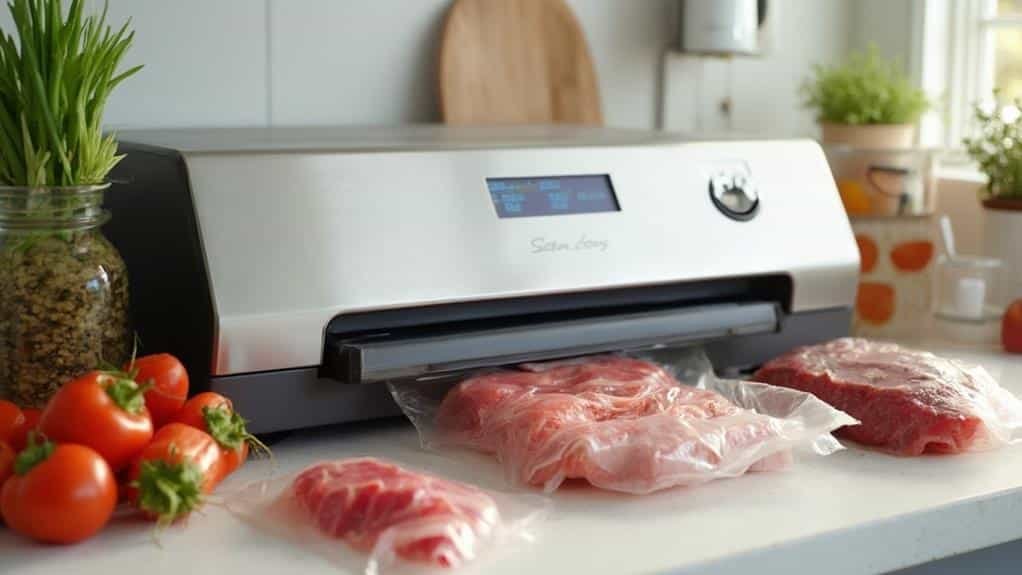The Surprising Truth About Food Miles and Your Carbon Footprint
Hold onto your reusable shopping bags, folks, because we’re about to challenge one of the most beloved food myths of our time. The “eat local” movement has been having quite the moment—farmers’ markets are popping up everywhere, restaurants are slapping “locally sourced” on every menu like it’s going out of style, and we’ve all felt pretty good about ourselves buying those slightly sad-looking local tomatoes for twice the price.
But here’s where things get interesting (and a little bit mind-blowing): the environmental argument for local food isn’t as straightforward as your favorite farm-to-table restaurant would have you believe. Ready for this? By buying food locally, the average American could only reduce their greenhouse gas emissions by a maximum of 4-5 percent.
Plot twist much?
The Great Transportation Myth: Time for Some Reality
Here’s the surprising truth that might prompt you to rethink your entire grocery strategy: transportation accounts for just 5% of food system emissions globally. The vast majority of a food’s carbon footprint? It comes from how it’s produced, not how many miles it traveled to reach your lunch box.
Let’s paint a picture that’ll really drive this home: Whether you buy that burger from the farmer next door or from a ranch thousands of miles away, the carbon footprint is essentially the same. Why? Because the difference in transport emissions is tiny compared to the total footprint of beef production. It’s like worrying about the gas mileage of your car while ignoring the fact that you left it running in the driveway for three hours.
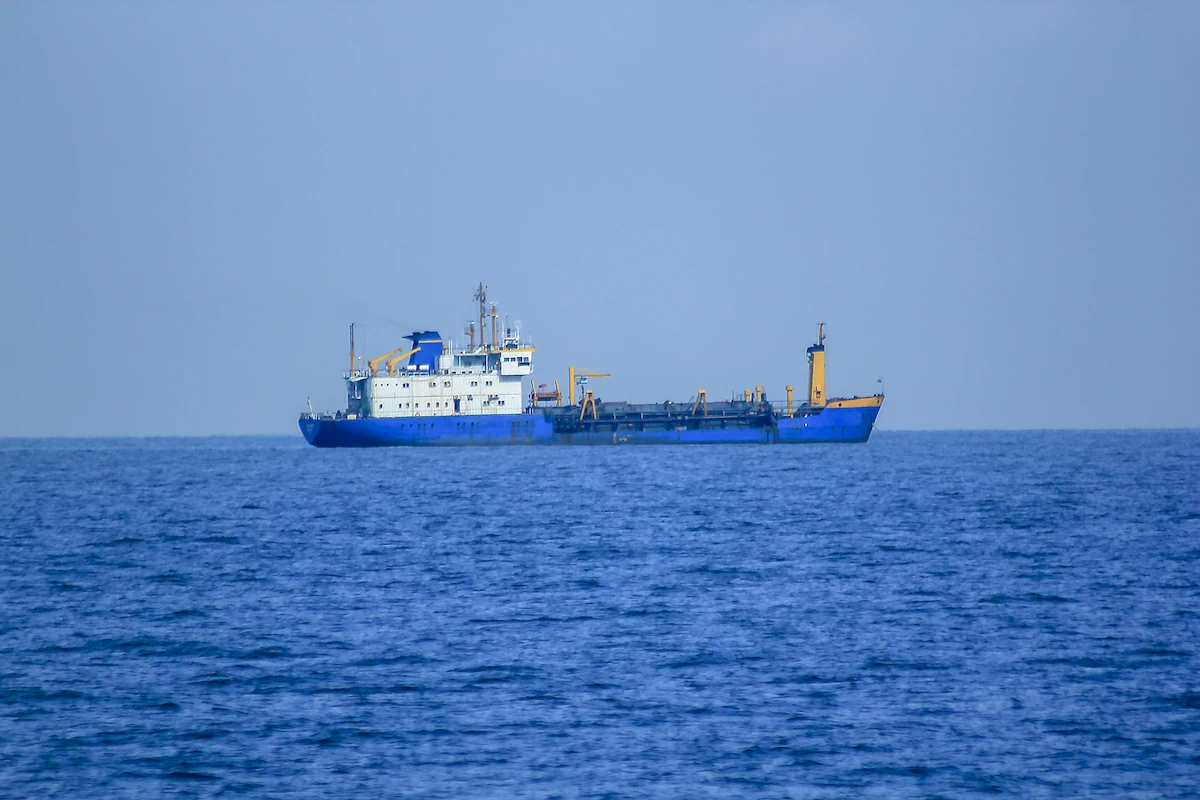
Not All Transportation Was Created Equal
Before we dismiss transportation entirely, let’s talk about how your food actually gets around—because it matters more than you think.
Ships might burn fossil fuels and emit carbon, but they’re basically the most efficient way to move cargo, carrying massive amounts of freight at once. Road freight, however? It can emit more than 100 times as much CO2 as ships to take the same amount of stuff the same distance.
The Transportation Emissions Hierarchy (From Hero to Zero)
- Ocean shipping: The efficiency champion with the lowest emissions per ton-mile
- Rail transport: Trains are about 3-4 times more fuel efficient than trucks
- Trucking: The middle child—convenient but costly emission-wise
- Air freight: The carbon footprint villain—emissions can be 50 times higher than ocean shipping
This means those grains shipped by rail from the Canadian prairies to Montreal might actually have a lower carbon footprint than vegetables trucked from a farm 100 miles away. Mind officially blown, right?
What Actually Matters for Your Lunch’s Carbon Footprint
1. Food Type Trumps Distance Every Single Time
Here’s a stat that’ll make your head spin: producing a kilogram of beef emits 60 kilograms of greenhouse gases, while producing a kilogram of peas emits just 1 kilogram. That’s a 60-fold difference that makes transportation concerns look like small potatoes (pun intended).
2. Production Methods Matter More Than Geography
Sometimes importing food actually has a lower carbon footprint than local production. Tomatoes produced in heated Swedish greenhouses used 10 times as much energy as tomatoes imported from Southern Europe, where they were happily growing in season.
The same principle applies closer to home—growing tomatoes in heated Ontario greenhouses during winter potentially creates more emissions than importing field-grown tomatoes from Mexico or California, where they’re basking in natural winter sunshine.
3. Economies of Scale Are Real
One train can carry as much freight as 300 trucks, reducing highway congestion and emissions. On average, U.S. freight railroads can move one ton of freight more than 480 miles per gallon of fuel.
This efficiency means that a bag of lentils from Saskatchewan shipped by rail to Eastern Canada might have lower total emissions than locally raised meat. Sometimes the most sustainable choice isn’t the most obvious one.
4. The Exception: Air Freight (The Carbon Villain)
Very little food is air-freighted—it accounts for only 0.16% of food miles. But for those few products that do take to the skies, the emissions are astronomical.
Avoid These Air-Freighted Culprits:
- Out-of-season berries from distant countries (sorry, January strawberries)
- Fresh asparagus in winter
- Some specialty tropical fruits
- Fresh flowers from far-off places
The Real Benefits of Local Food (Because It’s Not All Bad News)
Local food might not be the climate superhero we thought it was, but it’s not without its charms:
Economic Benefits
- Supports local farmers and keeps money in your community
- Preserves agricultural land and green space
- Creates jobs and economic resilience
Social and Cultural Benefits
- Builds community connections (hello, friendly farmers’ market conversations)
- Preserves food traditions and heirloom varieties
- Provides transparency about growing practices
- Creates opportunities for food education
The Resilience Factor
During the COVID-19 pandemic, many local food systems demonstrated greater flexibility than industrial supply chains. Sometimes it pays to have backup plans.
Freshness and Quality (The Taste Test Winners)
- Often harvested at peak ripeness (game changer for flavor)
- Shorter time from farm to table means better nutrition retention
- Seasonal eating encourages dietary variety
Smart Strategies for Truly Sustainable Eating
1. Prioritize Plant-Based Choices
The single most impactful change you can make is eating more plants. Even transported vegetables have a fraction of the carbon footprint of local meat. Animal-based foods contribute about 75% of diet-related greenhouse gas emissions.
2. Choose Seasonal Produce (Local or Not)
Whether local or not, seasonal produce avoids energy-intensive growing methods.
3. Support Efficient Transportation
When buying non-local foods, think about how they likely traveled:
- Bulk dry goods (grains, legumes) typically ship by rail or boat (low emissions)
- Fresh produce from distant locations may travel by truck (medium emissions)
- Only highly perishable, high-value items travel by air (emissions nightmare)
4. Reduce Food Waste (The Ultimate Climate Action)
Wasting food wastes all the resources that went into producing it, regardless of where it came from.
Making Informed Choices (Not Perfect Ones)
When Local Makes Total Sense:
- In-season produce from nearby farms
- Products that don’t travel well (leafy greens, berries)
- When you value the social and economic benefits
- Supporting innovative local practices like regenerative agriculture
When Non-Local Might Actually Be Better:
- Out-of-season produce that would require heated greenhouses locally
- Products from regions naturally suited to their growth
- When transported efficiently by ship or rail
- Specialty items that benefit from specific climates or soils
The Bottom Line (Because We Love a Good Summary)
“Local food” doesn’t automatically equal “sustainable food.” The most sustainable lunch is one that:
- Emphasizes plant-based ingredients (the most significant impact you can make)
- Minimizes food waste (use what you buy!)
- Uses seasonal produce when possible (work with nature, not against it)
- Avoids air-freighted items (unless you really, really need those winter strawberries)
- Supports sustainable farming practices (whether local or global)
The path to sustainable eating isn’t about picking sides in a local versus global debate. It’s about understanding the complexities of our food system and making informed choices based on multiple factors.
Please support your local farmers’ market for the community vibes, buy seasonal produce for its freshness and flavor, choose plant-based proteins for their lower emissions, and opt for efficiently transported bulk goods for their affordability and surprisingly low carbon footprint.
The question isn’t “how far did it travel?” but “what is it, how was it produced, and how did it get here?” Once you start thinking about food this way, sustainable eating becomes less about following rules and more about making smart choices that benefit both your community and the planet.

